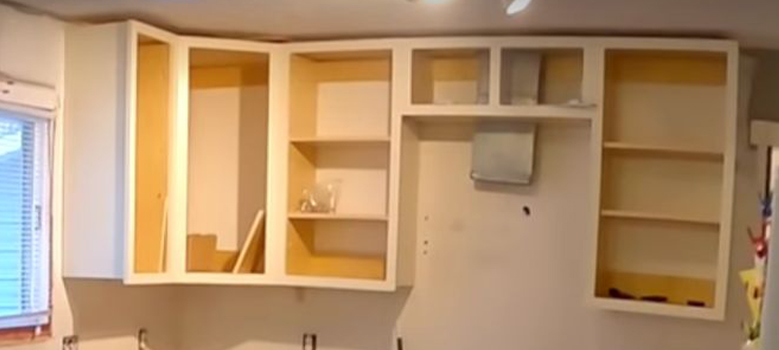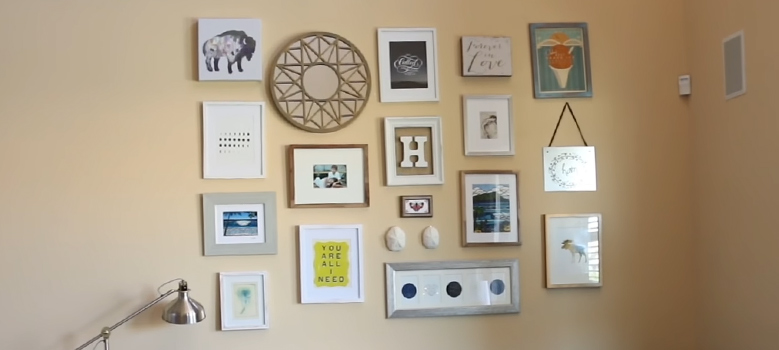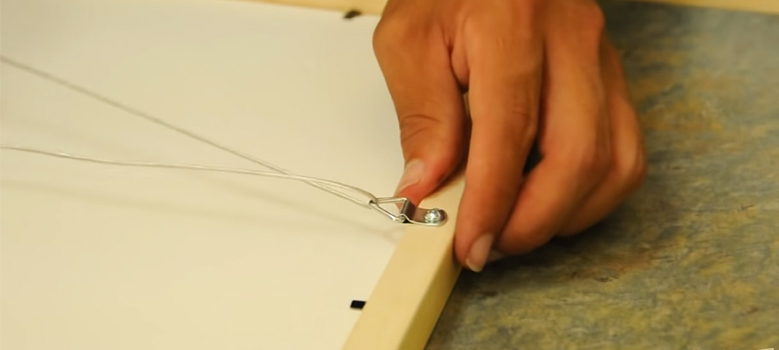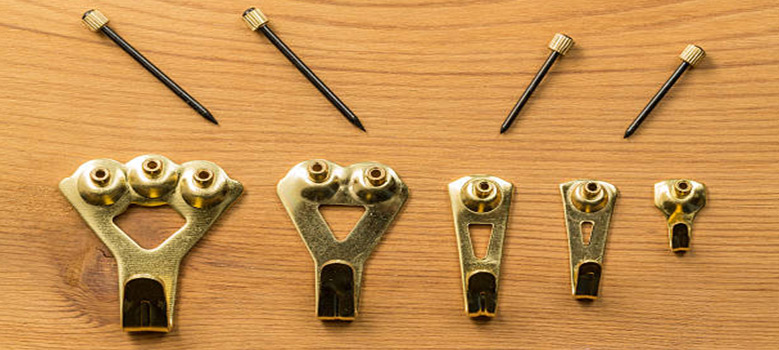Doing home improvement is a tiresome job. Planning things, buying appliances and furniture, and setting them up on your own takes a toll on your mental and physical health.
One of the things that confuse a lot of people is how to hang a cabinet with one stud. It can be in the kitchen, your laundry room, or even in your pantries.
But worry not, we got you covered. Today we are going to guide you through the simple and easy process of putting up your cabinet.
How to Hang a Cabinet With One Stud
Although it sounds overwhelming, it’s time to put on some working pants, because you are not going to let a simple cabinet call the handyman on you.
For starters, you will need a few things. Here is a list of tools you will require to put up your cabinets.
- Stud finder.
- Drill machine.
- Measuring tape.
- Screws and anchors.
- Screwdriver.
- The cabinets (obviously).
When you have gathered all the things from the list above, let’s start with the process.
Step 1: Put Together the Cabinet but the Doors
Start assembling your cabinets. Follow the instructions that it came with. If your cabinets are already assembled, you can skip this step. But make sure your cabinet doors are not attached yet.
Step 2: Find the Studs on the Wall With a Stud Finder
Use a stud finder to find the stud on your wall. It’s great to have in your home as it comes in handy a lot of time. When you find the stud, make it with a pencil to your cabinet length.
Step 3: Drill Holes on the Back of Your Cabinet
Measure the gap from your ceiling to your cabinet. This will help you with your calculations better later on. As cabinets are heavy, you can’t just put them up all the time for measurement. Take the length of your studs from the ceiling and then calculate where you want to drill holes in the cabinet.
You’ll need to drill at least 4 holes in your cabinet to put it up.
Step 4: Put the Cabinet up on the Wall and Mark the Holes
It’s time for some muscle work. Put up your cabinet along the wall and upon the studs. Mark the previously made holes with a drill bit.
Step 5: Drill the Holes in the Studs and Put on Anchors
Bring down your cabinet and start drilling some holes. Make sure you wear protective glass and a mask. And then press in the anchors.
Step 6: Screw Your Cabinet to the Wall
For the last time, bring up your cabinet. And secure it on the stud using the screws. Always get an inch longer screw than you will need.
And after the screws are secured, put them on the cabinet doors. And you are all done. Now glare at the masterpiece you just created!
Frequently Asked Questions
Is one stud enough to mount a cabinet?
For a 22-inch wide cabinet, one stud is enough to hold it. Two screws on both sides can hold it for a lifetime. But for anything bigger than that, you will need a second stud.
How do I hang a cabinet without studs?
There are various methods to hang cabinets without a stud. You can use a French Cleat, drywall anchor or even a mounting strip to hang a cabinet.
Do cabinets need to be screwed into studs?
Yes. To give your cabinet the right grip and take on weight, the cabinets need to be screwed into the studs. If there are no studs, you can cut a hole in the wall and install a 2/4 anytime you want.
How do I hang heavy cabinets on drywall?
To hang heavy cabinets on drywall, you’ll need a rail on the bottom of the cabinet. And after putting the cabinets on it, you will need fasteners both on the top and the bottom to secure them even more. Otherwise, the studs won’t give enough protection and the whole wall might fall on you.
Conclusion
Cabinets are a necessary part of tidying up your home. Be it in the kitchen, dining, laundry room, or pantry. Make sure you secure them enough and follow the right methods. As US cabinets are more lightweight than European ones, they require less protection and a single stud can hold a regular 22-inch cabinet with ease





